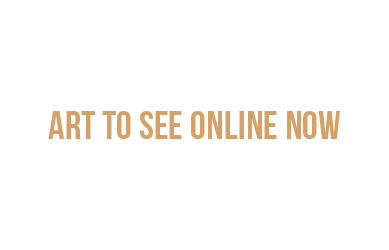by Reuben Holt // Apr. 4, 2025
‘The Drum and The Bird’ is a multimedia performance bringing together musician and PAN label boss Bill Kouligas and Forensis, the nonprofit research association using open source technology to investigate unsolved crimes against humanity worldwide.
Set to be performed at Rewire Festival in The Hague this weekend, the immersive, multi-sensory piece offers an urgent and timely meditation on Germany’s concealed colonial legacy in Namibia—especially poignant as it closely follows the anniversary of Namibian independence, which took place on March 21st. Forensis members, Namibian artist and researcher Mark Mushiva, and Nigerian sound designer and researcher Tobechukwu Onwukeme, both based in Berlin, spoke to us about how the project took flight.
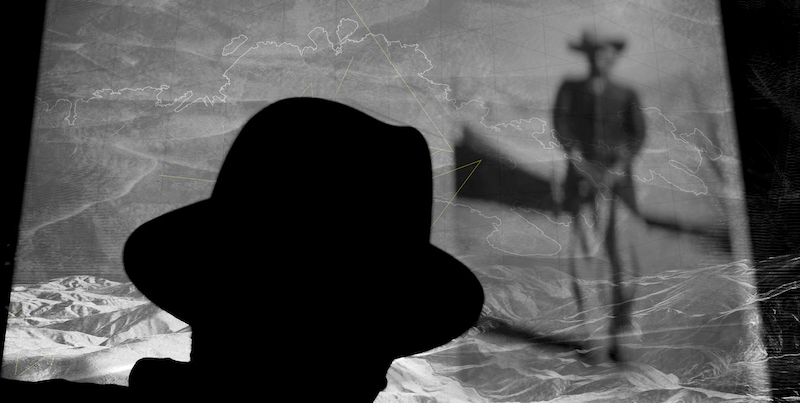
Forensis & Bill Kouligas: ‘The Drum and The Bird,’ 2025, project still // Courtesy of the artists
Reuben Holt: How did you first come to be involved in Forensis?
Mark Mushiva: I moved to Berlin to work in the gaming industry. But then I quickly got tired of that. And then I attended the [Forensis] presentation of the Namibia project at HKW, and I was really impressed.
I was really in love with the fact that it was combining a post-colonial treatment of Namibia’s history, and using 3D engines and gaming engines in order to create a new kind of historical basis for the genocide, which is still very understudied, and still has very low visibility in Namibia. And so I just applied to be a researcher and a technologist after that.
Tobechukwu Onwukeme: I interviewed for a position when they were opening a new office here in Berlin. And, in the interview, they talked about the prospects of a project that was dealing with reparations in the case of colonial crimes. And this is something that I thought was really interesting, because it was quite different from what [sister organisation] Forensic Architecture was typically doing, but it was also a research direction that I was moving in, specifically regarding computational technologies. And then, when I joined, there wasn’t really anyone that looked like or thought like me here, until Mushiva joined. And ever since, it’s been a magical, surreal, almost euphoric experience in terms of how these ideas have now been evolving.
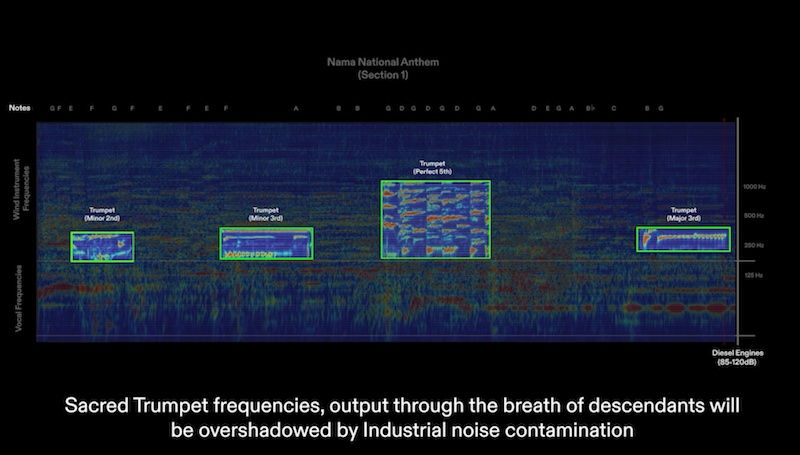
Forensis & Bill Kouligas: ‘The Drum and The Bird,’ 2025, project still // Courtesy of the artists
RH: So how did you come to develop this performance piece, ‘The Drum and The Bird’? How would you explain it to someone who has never heard of the work that Forensis does?
MM: It would be as if we took the research and the results of an archaeological and architectural treatment of previously unresearched sites from the genocide in Namibia and we wove them into essentially a sound investigation, and tried to express them through a sort of sonic language that we developed.
The archaeological and architectural reconstruction of these previously unknown sites is very much based on considering the fact that non-human elements are witnesses of crimes, of colonial crimes. And they are more reliable witnesses of colonial crimes, specifically because the conventional source material, like diaries and photographs, are usually skewed by a power dynamic, and the fact that those accounts are usually captured by those in power, who are the jailers and the executioners, and of course the colonial officers of that time.
So relying on this sort of material witnessing of rock and wind, which lend themselves quite generously to a sonic expression, I think made sense for us to create an otherwise musical, for the lack of a better word, or audible expression of this research material, since its character was one of rock and wind. And this is what became this performance called ‘The Drum and The Bird.’
The title is based on a South African musician, Bongani Madondo, who expresses that even when the drums are destroyed—probably the drums are a metaphor for real historical accounts or indigenous accounts of history—that the birds will still remember how those drums sounded and will teach us to play the drums again.
This folds into the idea that in the landscape, in which mass graves and concentration camps record tacit traces of this history, our responsibility as investigators, as technologists and post-colonial theorists, is to find those traces through evidentiary methods of forensics, technology and decolonial frames of thought.
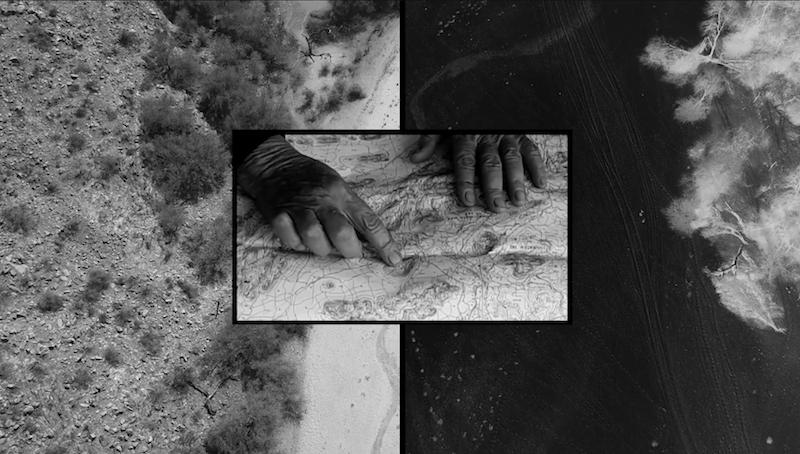
Forensis & Bill Kouligas: ‘The Drum and The Bird,’ 2025, project still // Courtesy of the artists
RH: These things that you draw attention to in the project—like landforms, plants, animals—what can they reveal beyond the limits of human testimony alone?
TO: [Theorist and environmental engineer] Malcolm Ferdinand proposes that there’s a very massive gap that people are ignoring, which is a colonial fracture, a rupture on the Earth, in which people were displaced, and this displacement from these very specific land areas can be evidenced in satellite imagery. So, in the environmental work, you see this de-structuring of the idea that green means lush or healthy. Green, in this context, actually means vegetation, right? It’s bush growing over these areas that have now been overgrown, overused by way of colonial inhabitation.
Another branch of the research that has now grown out of a more contemporary case is the installation of wind turbines in these areas where the genocide occurred. And essentially, it’s a double entendre of extractivism, because the same winds that brought the Germans to the shore are now being extracted to develop green hydrogen to fulfill German energy needs. These wind turbines produce frequencies, which mask the communication between different bird species.
The motif in the performance shows the different intervals of these birds. Regarding Shark Island, the island that was a concentration camp, you have an infinite entendre of what a slave ship is: it’s an island lodged into the Atlantic Ocean that’s shaped like a slave ship with all the dynamics of a slave ship.
The island itself was chained to the mainland by a land bridge, and essentially moving onto this island, deboarding. Shark Island, an island that formerly had sharks, is now devoid of sharks. So you have the death of Namibians on that island, but you also have the death of the ecology that was there.
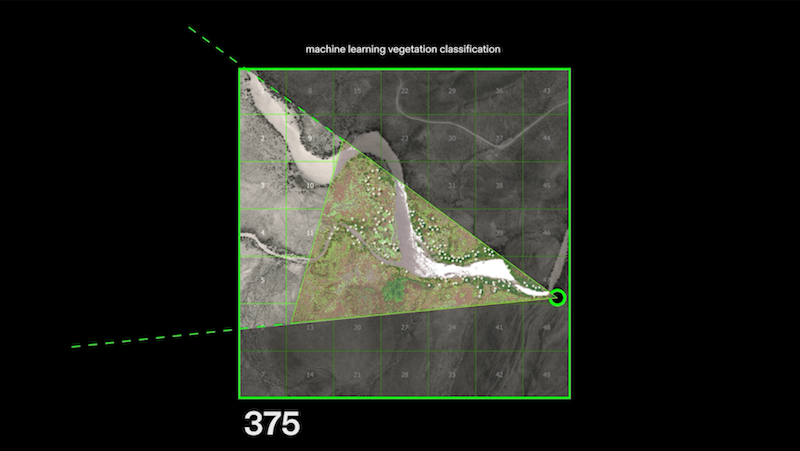
Forensis & Bill Kouligas: ‘The Drum and The Bird,’ 2025, project still // Courtesy of the artists
RH: What happens when the facts of an investigation are viewed as part of a performance at a festival or an art installation, for example? What’s been your experience in how it affects the level of the audience understanding or the audience engagement?
TO: I think there are varied responses. I think it’s great that these performances are happening after we’ve already gathered a formidable body of evidence that confirms historical fact to a point where it’s beyond speculation. And the fact that, of course, a lot of that validation of that history comes from Western scientists, archaeologists themselves. I say that because part of the concern is always, in this setting, that there is a danger that it might be viewed as speculation or just an artistic rendering. And, of course, that danger is always there. But I think we’ve also based these performances on a history now, which has been validated beyond a shadow of a doubt.

Forensis & Bill Kouligas: ‘The Drum and The Bird,’ 2025, project still // Courtesy of the artists
RH: How important is bringing together different skill sets from different disciplines for Forensis, both on the investigation side and the artistic or public communication side?
MM: I think it’s completely pivotal to the way we work. It’s probably the most essential way in which we work because a lot of evidencing suffers from siloed expertise and siloed knowledge. The fact that environmentalists today think that they can change environmental conditions without reckoning with colonial history speaks to the problem with what most Western epistemological practices promote, which is that siloed knowledge can produce new kinds of enlightenment.
At Forensis, we see it absolutely differently because it has to be a much more lateral effort. The environmentalist and the video editor and the simulation expert all need to be in the same room and cook together, if they’re going to produce a new form of evidence that will be as cross-cutting as their collaboration.
Additional Info
markmushiva.com
forensic-architecture.org/tobechukwu-onwukeme
counter-investigations.org
Festival Info
Rewire Festival
Forensis & Bill Kouligas: ‘The Drum and The Bird’
Festival: Apr. 3-6, 2025
Performance: Saturday, Apr. 5, 2025; 4pm
rewirefestival.nl
Koninklijke Schouwburg, Korte Voorhout 3, 2511 CW The Hague, Netherlands,click here for map












